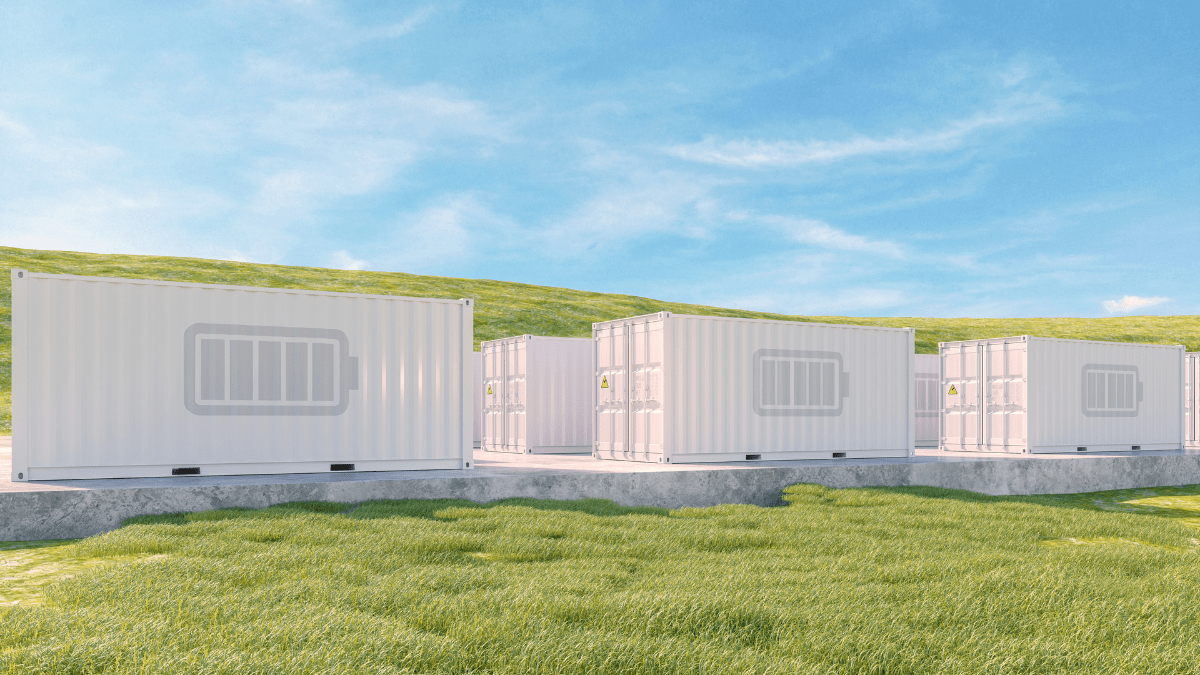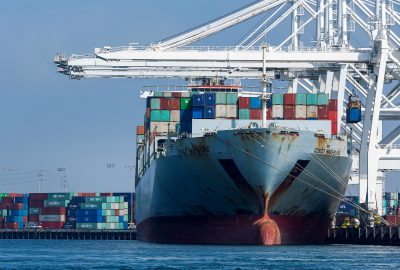Rooftop solar system owners across Australia are missing out on millions of dollars in potential income due to the slow and inconsistent implementation of flexible export mechanisms, as reported by the Institute of Energy Economics and Financial Analysis (IEEFA).
The outdated 5-kilowatt (kW) export limit, introduced in the 2000s, is a major barrier. While modern rooftop solar systems often have double the capacity, export limits have remained unchanged, according to Dr. Gabrielle Kuiper, an IEEFA guest contributor.
South Australia has set a precedent by offering flexible solar energy exports as a standard practice. SA Power Networks developed a dynamic system that forecasts the network’s capacity 24 hours in advance, updating every five minutes to manage solar inflows safely. This innovative approach allows for exports of up to 10 kW per inverter, doubling the previous limit.
Dr. Kuiper’s briefing note, How Rapid Implementation of Flexible Exports Could Maximise Rooftop Solar, reveals the financial losses caused by the fragmented rollout of flexible exports. In 2023, rooftop solar owners lost an estimated A$35 million in potential income, a figure projected to rise to A$211 million over the next three years as solar adoption grows.
“All electricity users benefit from increased solar exports as they enhance energy supply and can lower electricity prices for everyone,” Dr. Kuiper explains.
SA Power Networks’ modeling indicates that flexible exports are constrained below the 10kW limit for only 2% of the time—about 50 daylight hours annually. With rooftop solar panels already installed in half of South Australian households and occasionally supplying more electricity than the state’s total demand, additional energy provides significant advantages.
These exports displace large generators, support local networks, and stabilize the grid. A Deloitte cost-benefit analysis estimates that unlocking flexible exports could deliver A$5.08 billion in net benefits to consumers by 2042.
However, equipment manufacturers and installers, and ultimately consumers, are disadvantaged by the inconsistent, inefficient, slow, or non-existent rollout of flexible exports due to the lack of uniform national regulations.
“The implementation across six jurisdictions by 11 different distribution network service providers (DNSPs) is being planned or delivered using a variety of standards and devices,” Dr. Kuiper added.

Dr. Kuiper also highlighted that without a unified national approach, complying with varying DNSP requirements will burden the industry, driving up costs for manufacturers and making Australia less competitive with higher product and installation expenses.”
Basic requirements could be put in place to minimise the costs of compliance by inverter manufacturers with flexible exports across different DNSP areas. These include:
- Behind-the-meter (BTM) access.
- Communication protocol from the DNSP to the inverter.
- Testing and certifying equipment.
- Data communication standards.
- Flexible exports communication.
- Visibility of DOEs to VPP operators/aggregators.
Dr. Kuiper calls on the Commonwealth Minister to introduce a rule change to address both the implementation of flexible exports and minimum system load management, including the “emergency backstop” mechanism. Addressing these issues together will ensure optimal technical and social outcomes.
With 300,000 new household solar systems installed annually, implementing these measures swiftly is crucial to unlocking significant financial and environmental benefits for Australians.













